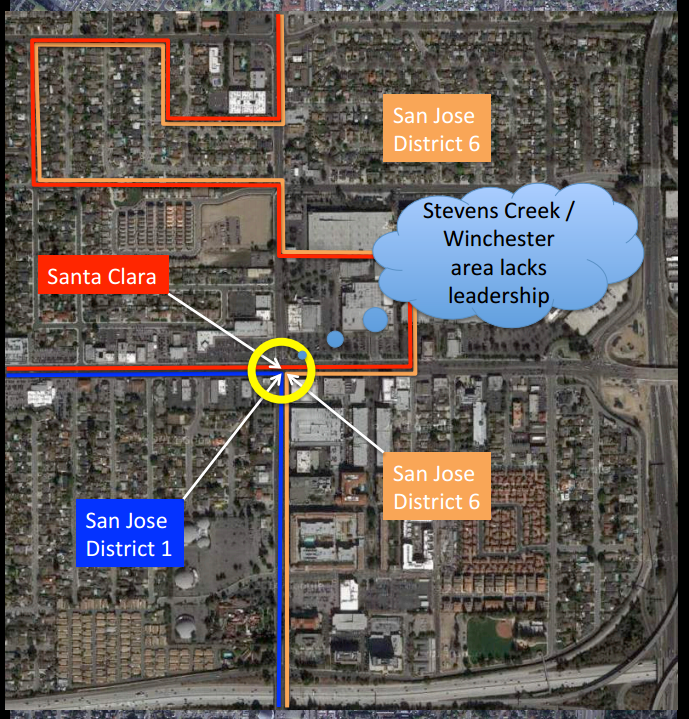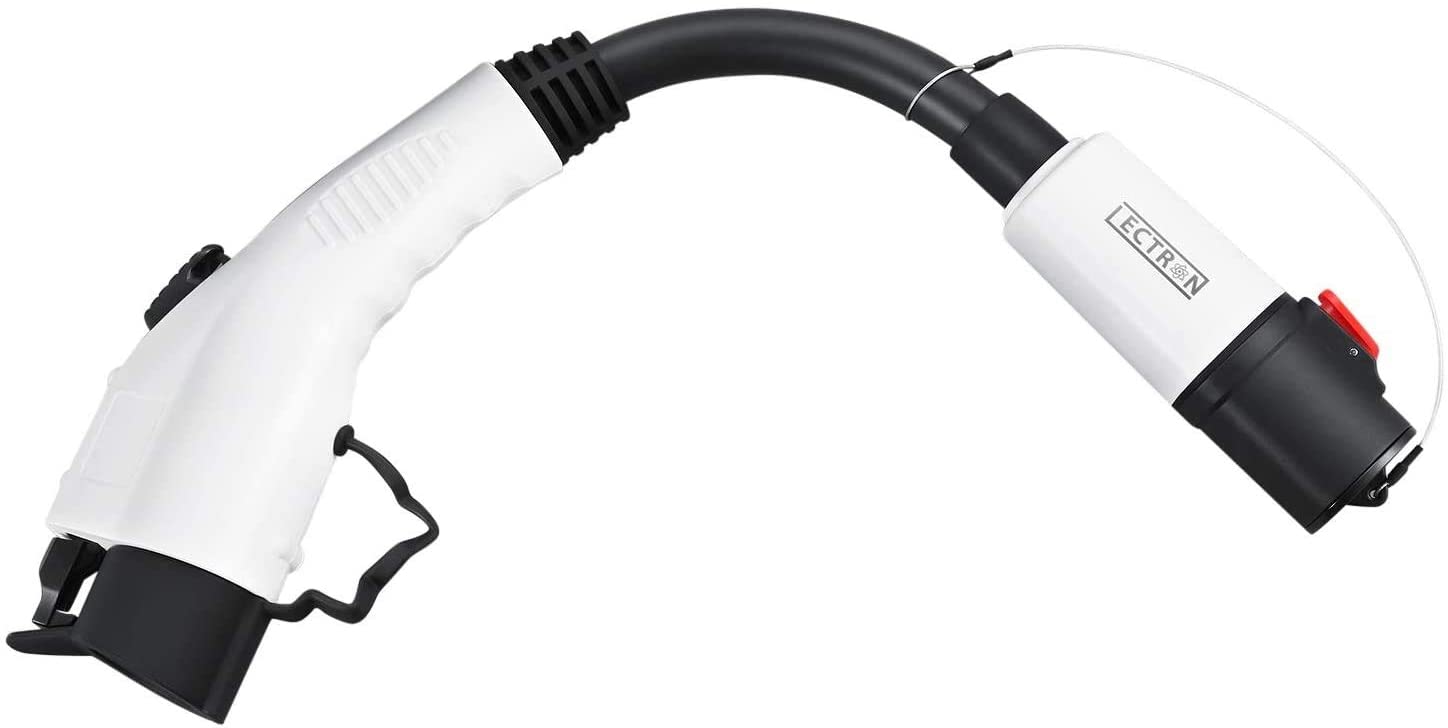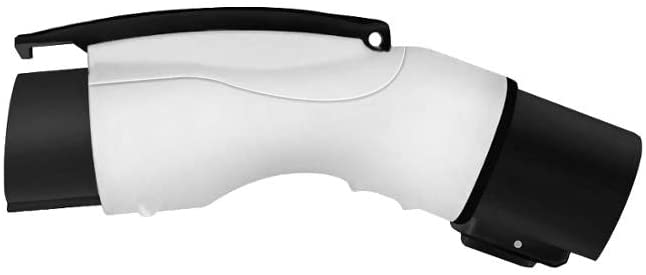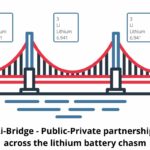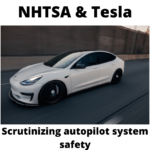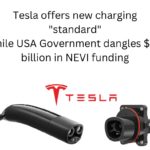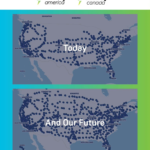A new development proposal slated for property next to Santana Row (a mixed use retail development in San Jose) would drastically increase car traffic, while doing nothing to encourage use of mass transit. Earlier this year I wrote about a proposed “Agrihood” project nearby which would combine high density housing with an urban agriculture project. The new project, Volar, would add a 25 story residential & office tower into an area that is already a high intensity shopping destination, and which is also looking to become a high intensity office park.
As I wrote before, several projects have already been approved and several others are being proposed for the immediate area. They’ll add a huge amount of shopping and office space to the area around the intersection of Winchester Blvd and Stevens Creek Blvd in West San Jose. And, given that no effort is being made to beef up transit support, the added shopping/office/housing will increase car traffic.
In the map shown above, Santana Row is located to the south-east of the yellow circle – the intersection of Winchester Blvd and Stevens Creek Blvd. On one side is a huge shopping mall, whose owners have received permission to make a huge expansion – about 600,000 square feet. On another side is the Santana Row shopping center owned by Federal Realty Trust, and that company has several projects underway to build about a million square feet of office space.
The new project, Volar, is a 0.9 acre parcel completely surrounded by Santana Row.
Currently the site is occupied by an old two-story retail building housing a furniture store. Where that building had fit well with the neighborhood that existed before Santana Row was built, it is now completely dwarfed by that complex. And of course the new 25 story tower would again hugely increase shopping/office/population density in that location.
The increased density is not my concern. Instead, my concern is the traffic density that will result from following a car-oriented development model.
According to a report in the San Jose Business Journal![]() , the property is currently owned by some Real Estate developers in San Francisco. They wanted to put “a significant project on it” (on that property) and the current economics of Silicon Valley lets them do so. They’ve lined up “a Hong Kong-based investment group as a capital partner” and are ready to start construction as soon as San Jose approves the project.
, the property is currently owned by some Real Estate developers in San Francisco. They wanted to put “a significant project on it” (on that property) and the current economics of Silicon Valley lets them do so. They’ve lined up “a Hong Kong-based investment group as a capital partner” and are ready to start construction as soon as San Jose approves the project.
The Volar tower would include 330 residential units and about 50,000 square feet of commercial space. The top floor would have a circular restaurant under a transparent dome. In a hint that this development will do nothing to reduce car traffic, it will include a four floor parking garage. In order to wring the most car storage capacity in the available space, people won’t park their cars themselves but instead a German-made automatic parking system will handle the task. You (the car owner) would punch in your code, and the parking lot would retrieve your car.
Between this tower and the other developments planned for that vicinity the traffic level is sure to increase dramatically. All the developments in question share a set of problems, namely:
- No effort is being made to increase transit service to the area
- There is a small transit hub at the Valley Fair Shopping Center but the only transit service is a couple bus routes that aren’t particularly adequate
- Ignores the automotive technology transformation underway towards self driving self parking cars. Why build a complicated expensive automated parking garage when shortly the cars will be parking themselves?
- An automated parking garage probably won’t support electric car charging – so as electric cars become popular, what will that building owner do to support EV charging?
- Is there enough Grid Capacity for Hydrogen Fuel Cell or Battery Electric cars? - April 23, 2023
- Is Tesla finagling to grab federal NEVI dollars for Supercharger network? - November 15, 2022
- Tesla announces the North American Charging Standard charging connector - November 11, 2022
- Lightning Motorcycles adopts Silicon battery, 5 minute charge time gives 135 miles range - November 9, 2022
- Tesla Autopilot under US Dept of Transportation scrutiny - June 13, 2022
- Spectacular CNG bus fire misrepresented as EV bus fire - April 21, 2022
- Moldova, Ukraine, Georgia, Russia, and the European Energy Crisis - December 21, 2021
- Li-Bridge leading the USA across lithium battery chasm - October 29, 2021
- USA increasing domestic lithium battery research and manufacturing - October 28, 2021
- Electrify America building USA/Canada-wide EV charging network - October 27, 2021




